A quick Google search delivers numerous articles on how to start collecting art. Most advise on setting an overarching theme, working out your strategy and planning an annual budget. Certainly useful, but what if you just want a great artwork to go in your home?
Once you’ve got a few pieces, then maybe you’ll be ready to start focusing on buying more and calling it a collection, but if you’re starting at the very beginning – the first thing to do is decide what type of art you like. Contemporary or traditional? Neutral or colourful? Calm or provocative? Text based or painterly? Would you like art from a certain location or ethnicity? Perhaps art that explores a particular subject? Do you want artwork to make a statement in your home, or is it just there to quietly fill a wall space? Should it be a talking point or an expression of your style?
One thing I would advise against is buying art simply to match your interior. Buy art that you connect with, that makes a difference to your life. You can have a colour scheme in mind but don’t be led by that. Let art be more than just an interiors tool.
Decisions, decisions… You need to cast your eye out there and see a lot of art in order to work out what you like – and just as importantly, what you don’t like. Have a think about what you’ve seen in friends’ houses or in magazines.
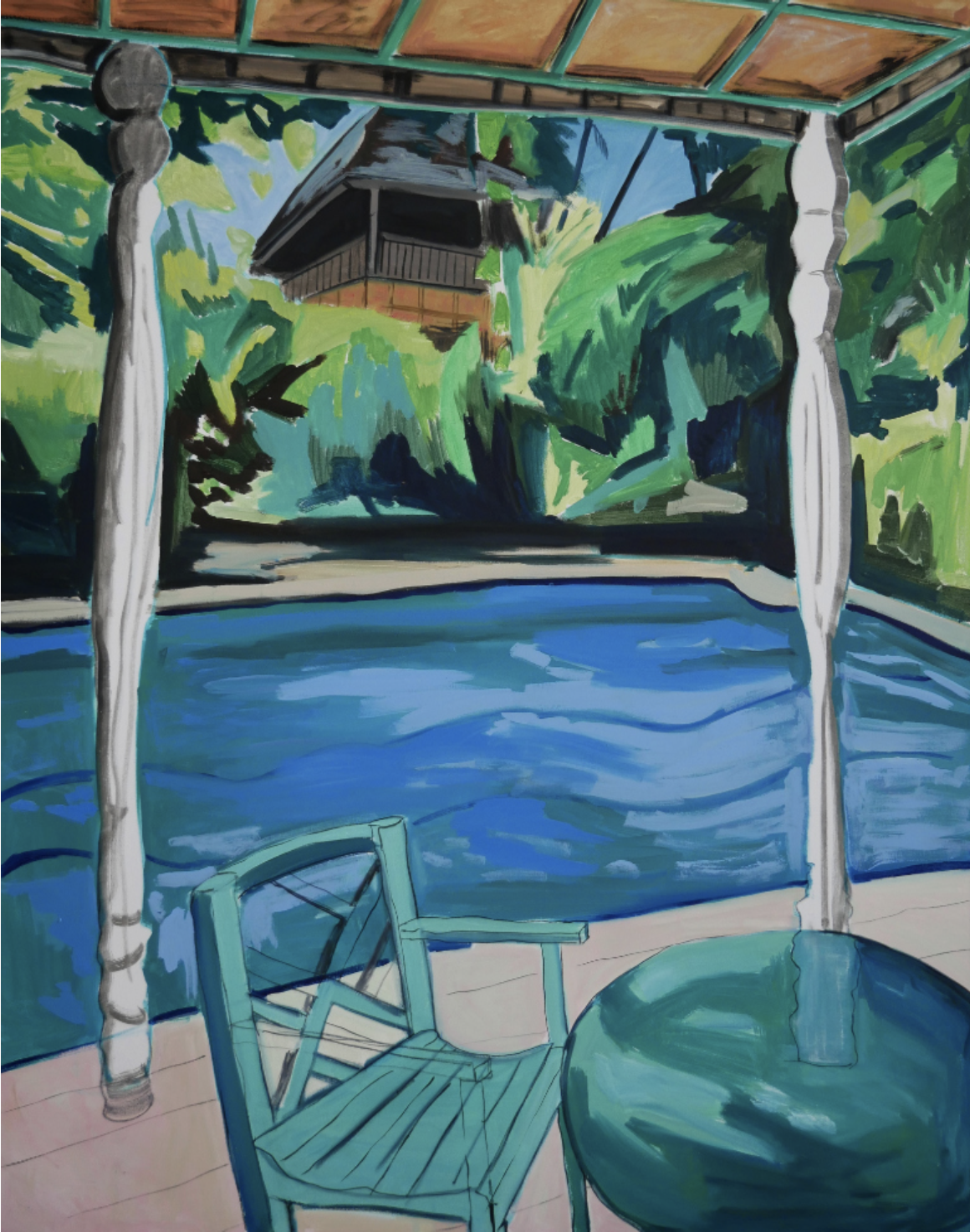

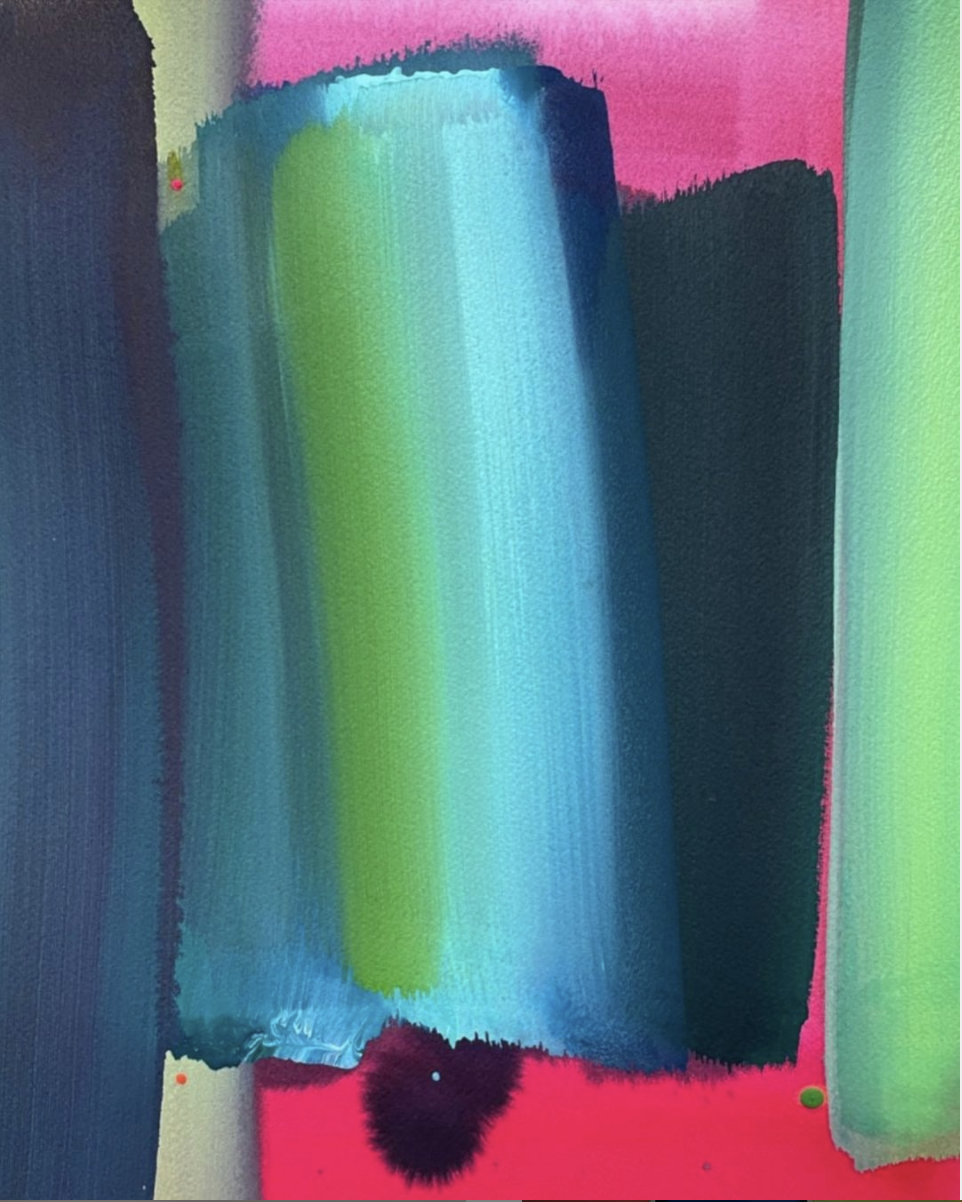
If you do decide to go down the collecting route, you will probably find that your taste in art changes over time as you develop your eye and way of looking at and appreciating art. We have a couple of pieces in the spare room at home that I’ve fallen out of love with, but the majority have stories and memories attached to them.
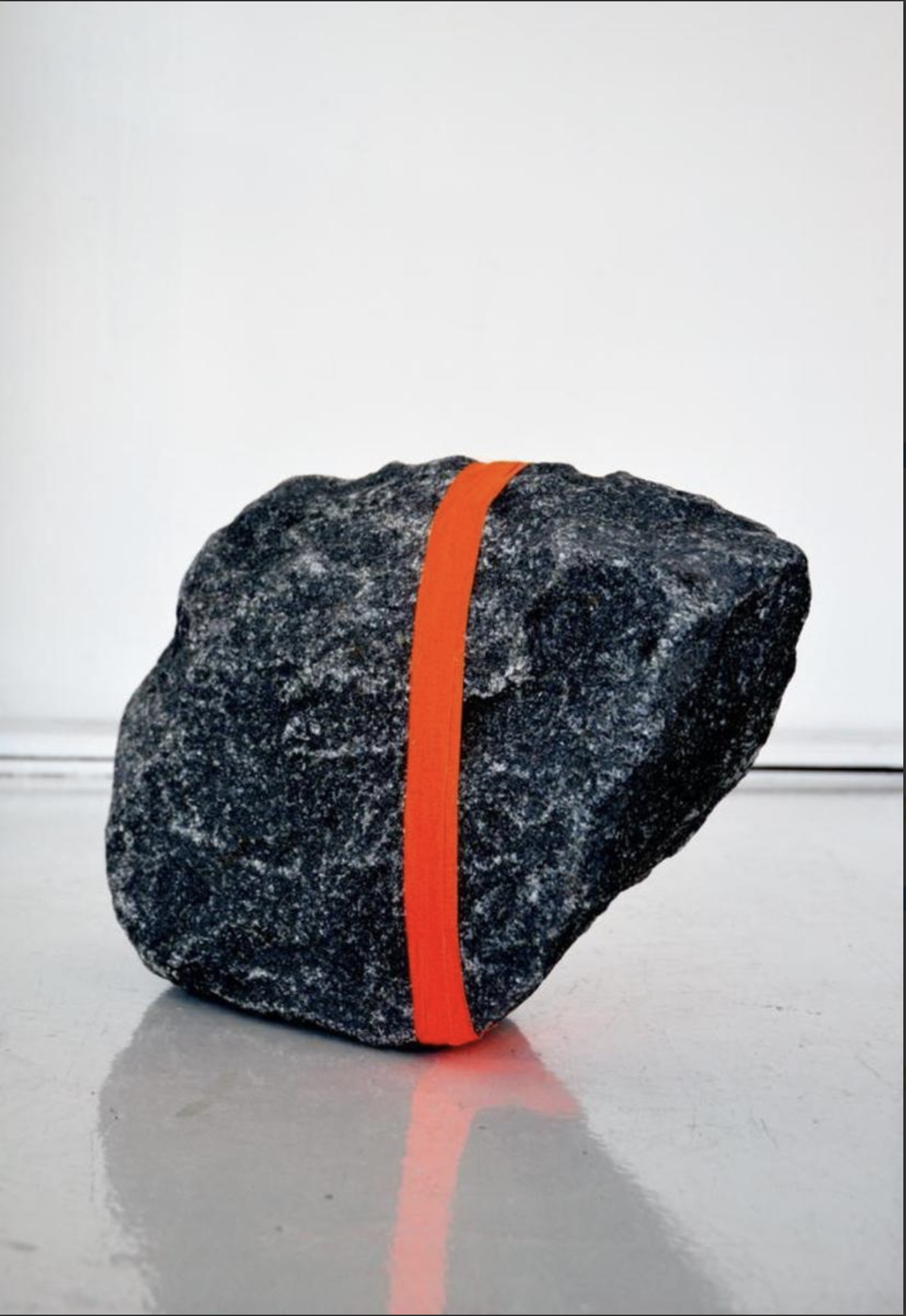
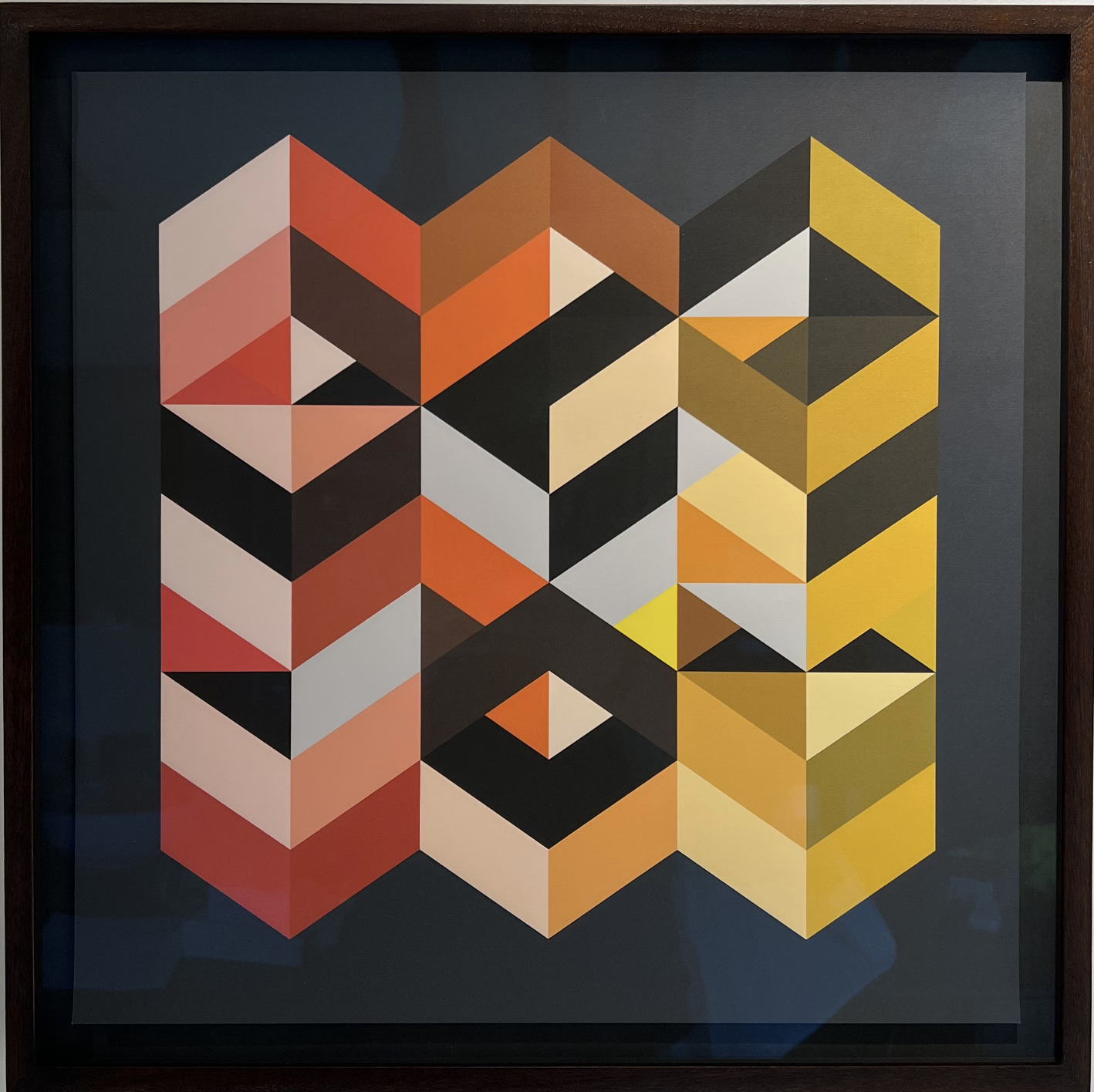
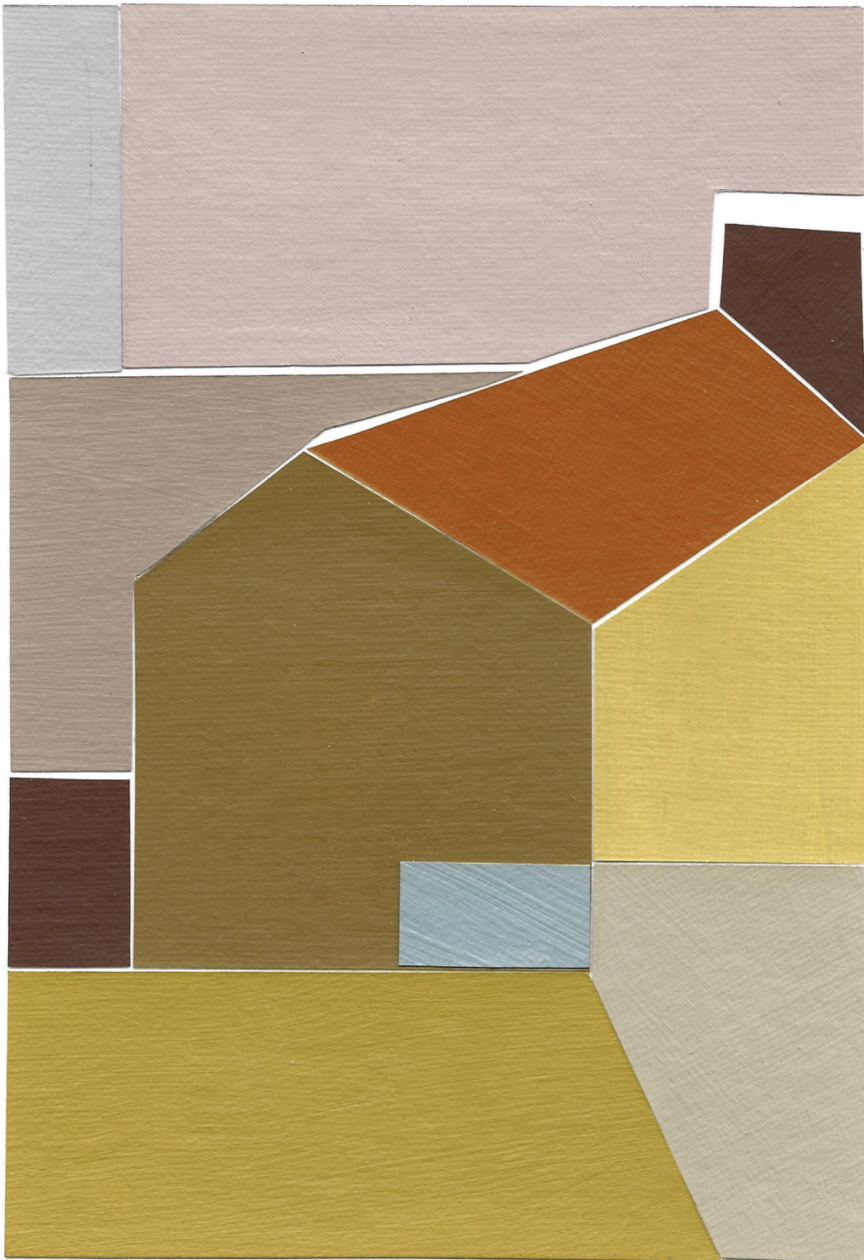
On a practical level you’ll need to work out the size of art that you want. If you have a large wall space you may want one large hero piece, or alternatively a few smaller pieces to make a gallery wall. It depends on the impact you’re after. Once you get started, you may find yourself buying art because you like it, and then figuring out where to put it afterwards (running out of wall space is a common problem for many collectors!).
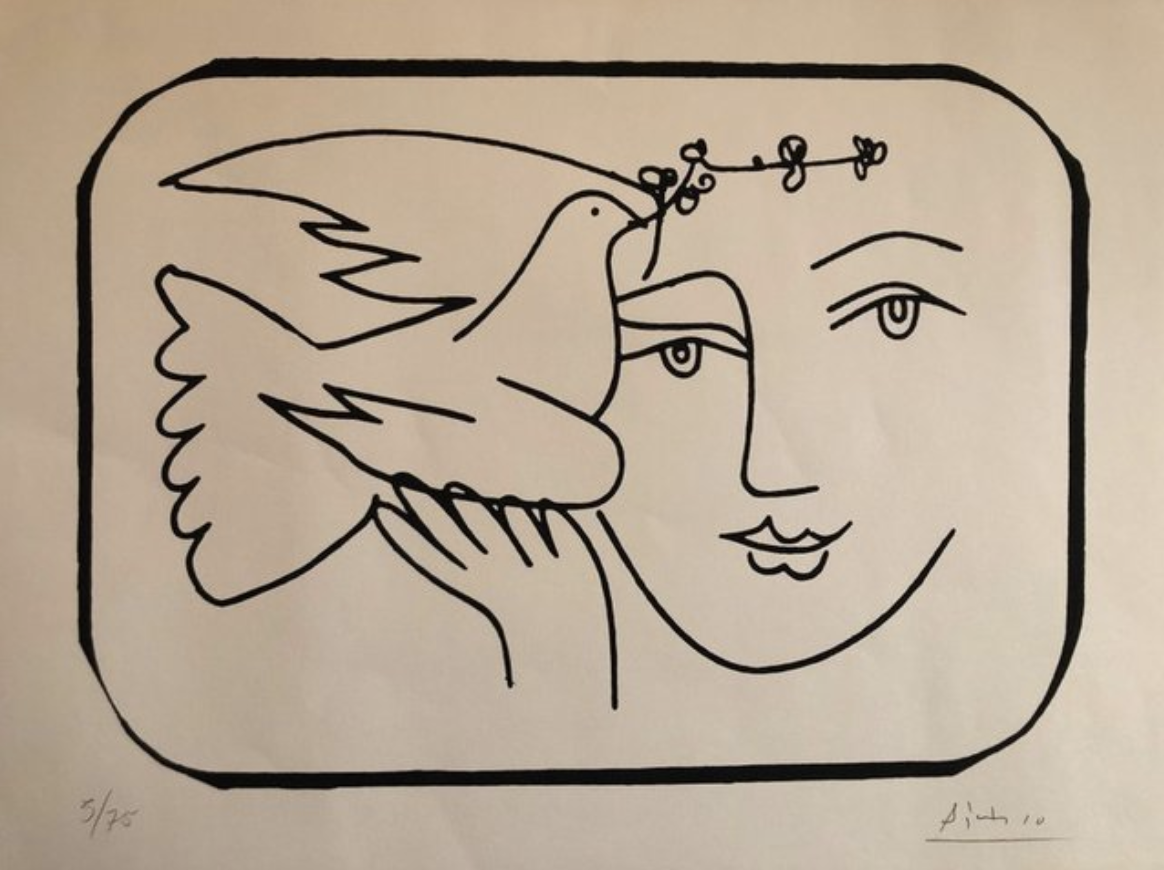
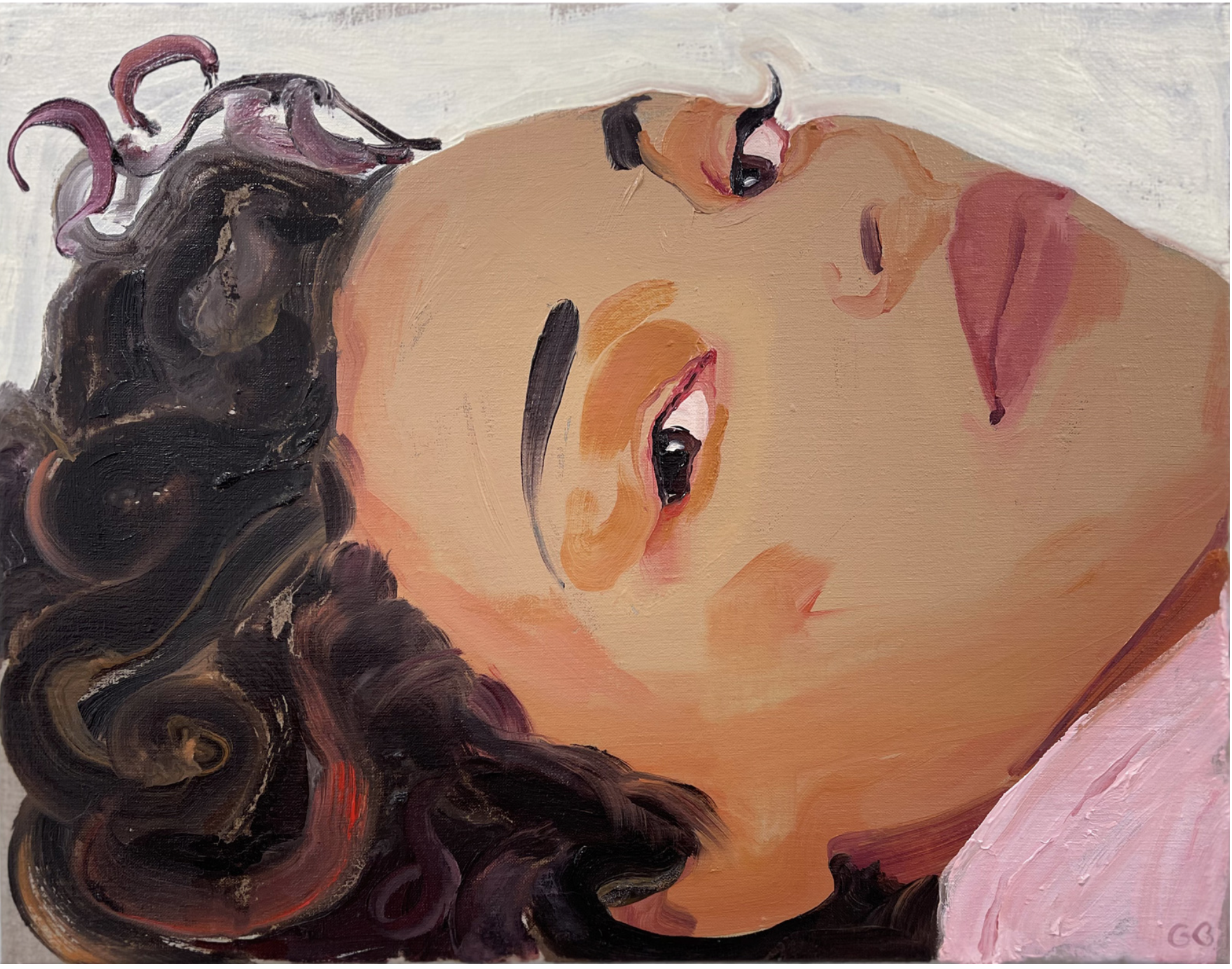
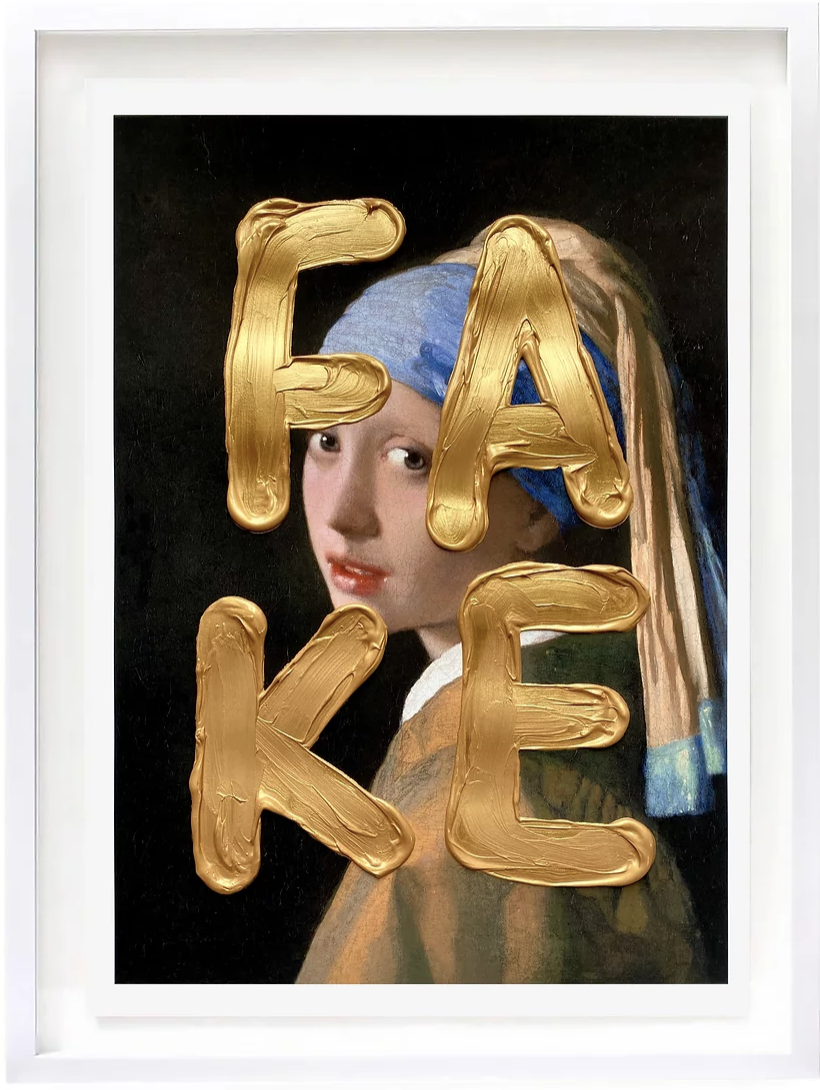
Budget is obviously a major consideration. £500 and under will get you a decent print or work on paper. A large painting on canvas is likely to be £2,000 plus – over £10,000 if the artist is with a gallery and has regular exhibitions (remember too that negotiation is common practice when buying art).
Don’t forget to budget in for framing if it’s not already framed. Good framing doesn’t come cheap; like most things in life, you get what you pay for and cheap frames can dilute the overall impact of a piece. Expect to pay £200 upwards for a frame – and make sure your framer uses museum grade materials that won’t cause your artwork to deteriorate over time. If budget allows go for glazing that has UV filtering properties (protects against fading from sunlight) and anti reflective glass which vastly improves the way you see the work.
Artwork is priced according to the artist’s experience, exposure and credibility in the market. Most big established artists (Tracey Emin, Damien Hirst etc) will produce limited edition prints which are far more affordable than their unique works. An art print is an artwork that has been designed specifically to be reproduced (limited edition just means how many the artist has agreed to make). Most are screen prints, but there are also lithographic prints, etchings, woodcuts etc… click here for more info on limited edition prints.
Editions by established artists tend to retain their value (so you’d get your money back if you sold it), but can also appreciate in value over a period of time (another good reason to make sure art is framed properly, so its well protected). Buying art for investment purposes is to be avoided, but if you are set on making sure you at least get your money back should you need to sell, then my advice is to stick to the large, established artists and do your research (I can give you more pointers if you send me a message).
There are various schemes available to help you get art on your walls for minimum cost – many galleries offer payment schemes and the Arts Council has a brilliant interest free initiative called Own Art. They work with 250 galleries and offer a 10 or 20 month repayment period (from £100 to £25,000).
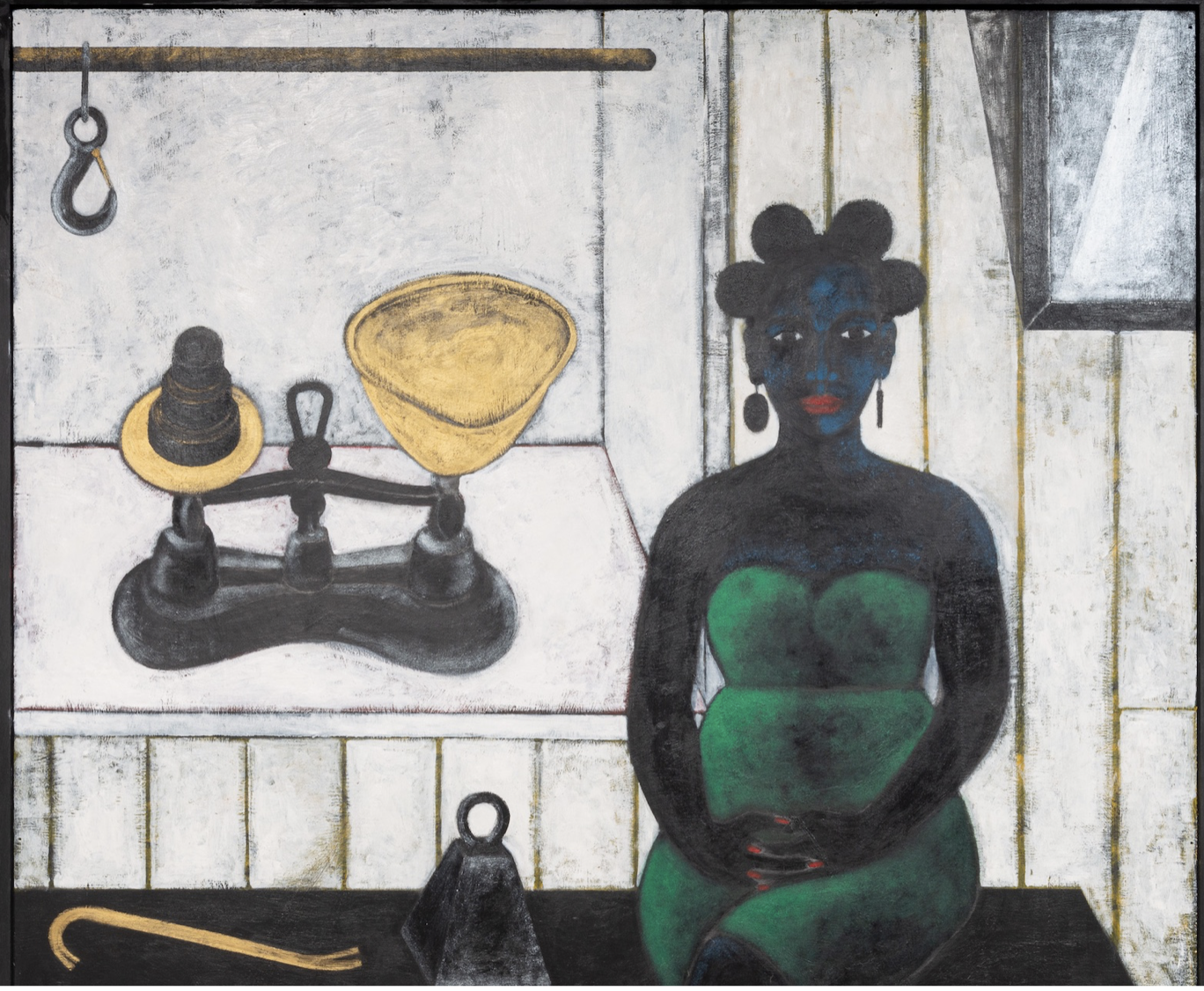

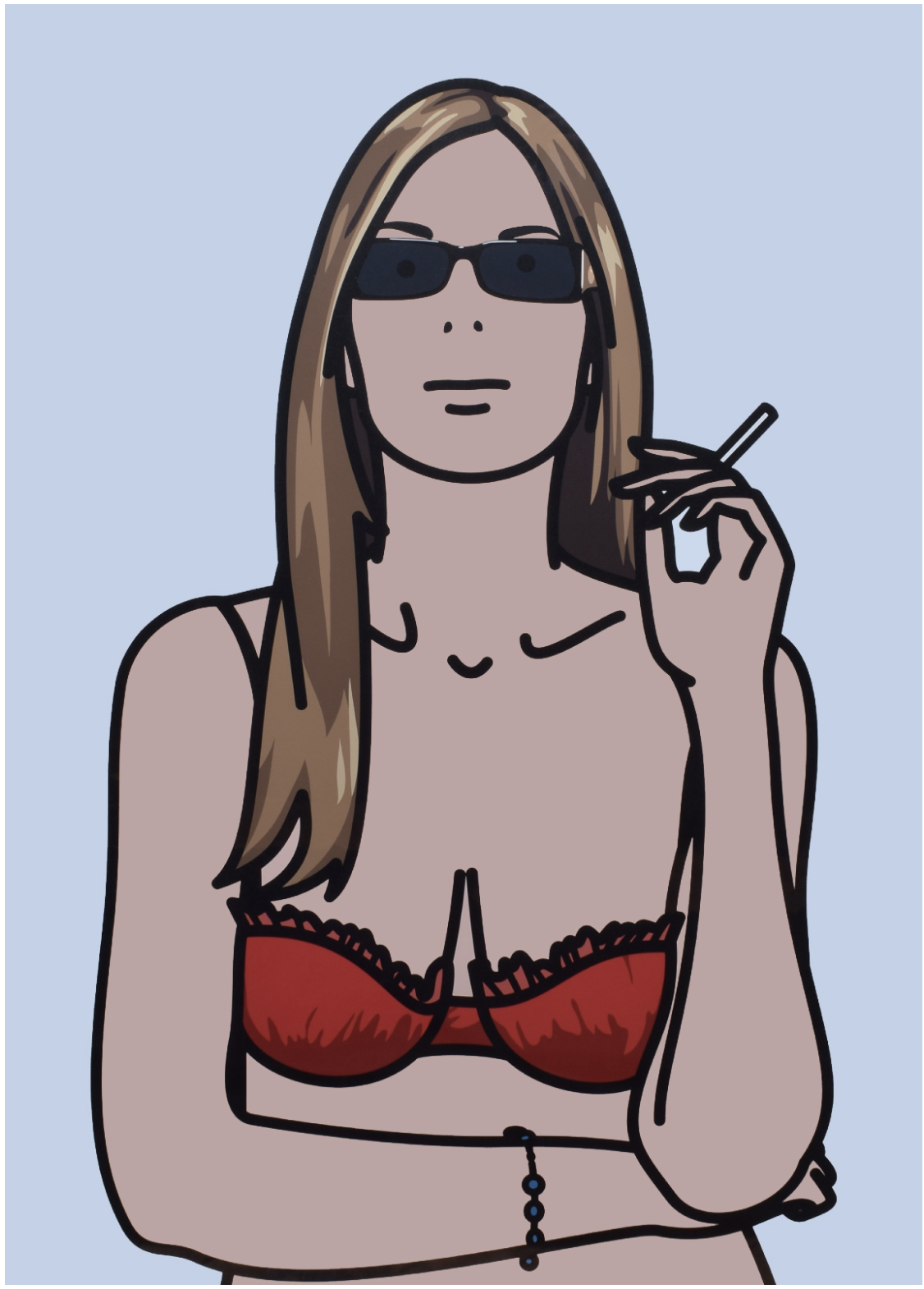
So you know roughly what size artwork you are after, the type of artwork and you have a rough budget in mind. Where next? You can buy art online, in shops, galleries, museums, art fairs and directly from artists. The range is HUGE.
Want more inspiration? There is advice here on visiting an art fair, or if you’re keen to learn more and need some help, drop me a line www.commonroomprojects.com
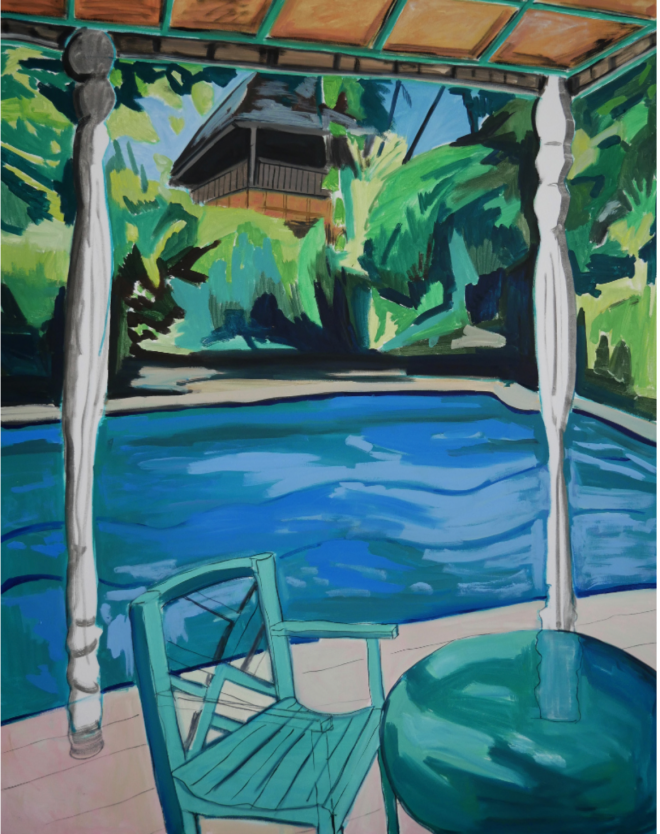

I’m enjoying this series so much! I love how it demystifies buying art which is a really intimidating thing for the likes of me.
LikeLike
🙂 thank you, there are some really lovely places to buy art, that make it an enjoyable experience. I’ll be featuring them in the next post! Everyone should have art in their lives, makes it so much more interesting x
LikeLike